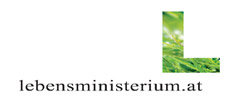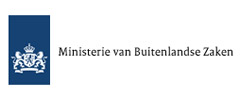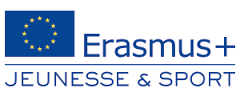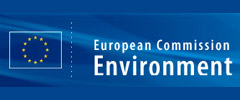Commission proposes strict limits on chemicals in toys
Statement of Sascha Gabizon
28.01.2008 | EurActiv.com
Originally published in EurActiv.com
New toy safety measures proposed by the Commission primarily aimed at banning toxic chemicals have received a cautious welcome from European consumer organisations amid fears that they do not ensure adequate protection for children.
Background
The new legislation aims to replace and modernise the Toys Directive introduced on 3 May 1988 in the light of new product development and improvements in scientific knowledge of chemical substances.
Concerns over the use of phthalates in toys have been particularly prevalent in recent years, leading to the introduction of an EU-wide ban in 2005 (see EurActiv 5/07/05).
A stakeholder consultation launched by the Commission prior to
finalising the revision of the Toys Directive received over 1500
responses.
Issues
The Commission adopted new measures aimed at enhancing toy safety on 25 January.
The proposed directive introduces new and more stringent safety requirements to address consumers' concerns over recently identified chemical hazards and reduce toy-related accidents and health scares.
Moreover, it seeks to strengthen the responsibility of manufacturers and importers in ensuring that the toys they market are safe, and aims to enhance the market surveillance obligations of member states.
The main provisions of the legislation, which Commission Vice-President responsible for industry GŁnter Verheugen insists incorporate the "newest health and safety standards" and "improve the effectiveness and enforcement of the EU legal framework", are as follows:
Bans on the use of chemical substances that are believed to provoke cancer (so called CMR, or carcinogenic, mutagenic or toxic for reproduction substances), as well as allergenic fragrances.
A reduction in the legal limits of dangerous substances such as lead or mercury.
An obligation for toy manufacturers to establish comprehensive technical information for their products, allowing market surveillance authorities to check toy design and manufacture.
The creation of independent laboratories to test toys for which no standards yet exist, such as those which use magnets.
Moreover, the legislation obliges member states to strengthen market surveillance and controls both on the spot and at EU borders and forces them to impose penalties if toy manufacturers or importers to not respect the requirements of the directive.
It also enhances the visibility of the CE mark and strengthens rules related to small parts.
Positions
Commission Vice-President GŁnter Verheugen said that the "health and safety of children is non-negotiable and cannot be subject to any compromises. That is why we have to ensure that toys put on the market in Europe are safe". Moreover, he called upon economic operators to "live up to their responsibilities to ensure that children can enjoy playing with toys without risks".
While welcoming the proposed directive, the Toy Industries of Europe "envisage that the new proposal will raise many challenges for the industry, in particular when it comes to the practical implementation of the new rules."
Welcoming the Commission's proposals in a joint statement, European consumer organisations BEUC and ANEC nevertheless warned that there were exceptions to the measures on dangerous chemical substances that would make it "easy to get around this prohibition" and cautioned that the list of banned allergens was "not exhaustive".
BEUC Director-General Monique Goyens supported the Commission's efforts to address the issue of dangerous toys but called for "much stricter rules, particularly concerning chemical substances in toys".
ANEC Secretary-General Stephen Russell described the directive as "a step in the right direction", but stressed that "warnings and labels are no substitute for requiring a manufacturer to put safe toys on the market".
Calling for a "total ban on health-disrupting substances in toys," women's environmental organisation WECF described the legislation as a "good step" but warned that "it is not enough by far."
WECF Director-General Sascha Gabizon lamented the
failure to include "hormone-disrupting and neuro-toxic substances" in
the ban, such as certain phthalates and synthetic musks, stating it is
"unacceptable" for toys to contain any dangerous chemicals at all.


































